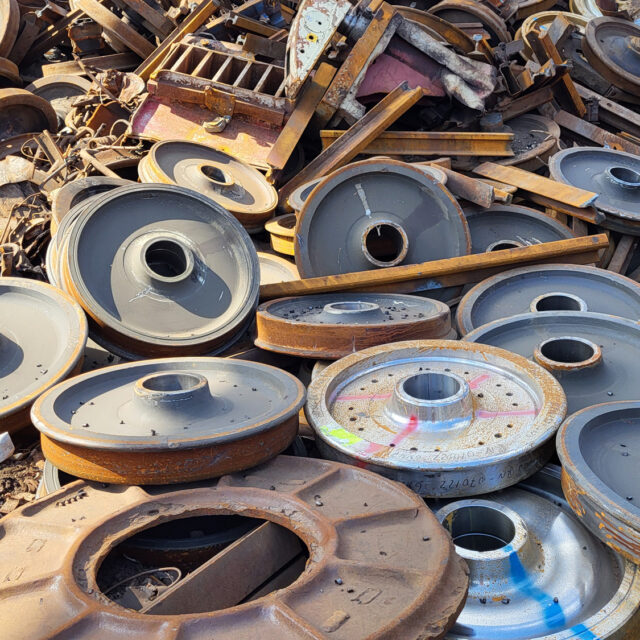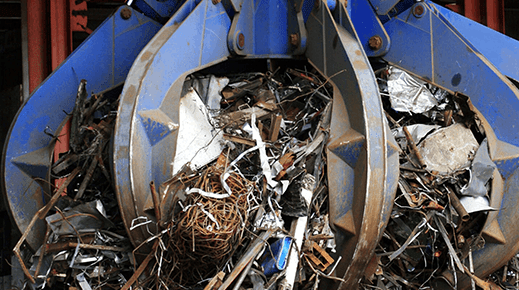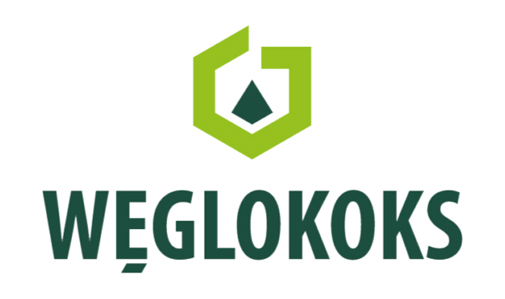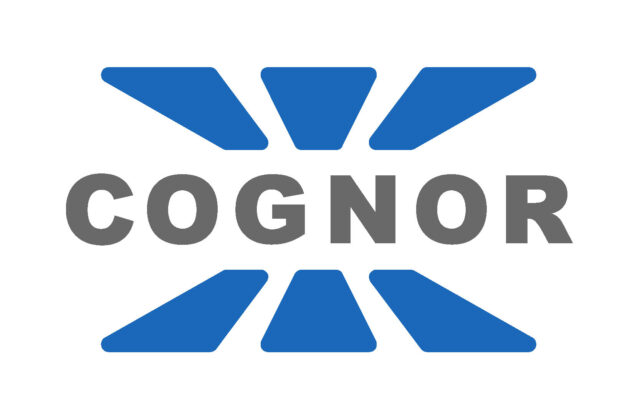Blog
Contaminated aluminum waste – a challenge and opportunity for recycling
Contaminated Aluminum Waste – A Challenge and Opportunity in Recycling
Aluminum is one of the most widely used metals in the world – it’s lightweight, durable, and resistant to corrosion. It appears everywhere: from cans to paints and construction components. However, not all aluminum waste is immediately suitable for recycling. A particular challenge comes in the form of contaminated aluminum waste, which requires special treatment before it can be reintroduced into circulation. But what exactly is this type of waste, and how is it recycled?
What is Contaminated Aluminum Waste?
This refers to any aluminum fragments containing impurities or other materials that prevent direct remelting. These can include:
-
aluminum coated with paint or varnish,
-
pieces containing plastics, rubber, glass, or insulation foam,
-
used packaging of chemicals,
-
waste from the dismantling of vehicles, windows, machines, or equipment.
Contaminated aluminum waste differs from clean scrap in that it requires additional steps for cleaning or separation before it can be recycled.
Why is this type of waste problematic?
-
High Processing Costs
Contaminants increase recycling costs – they need to be removed chemically, mechanically, or thermally, often requiring advanced technology. -
Risk of Damage to Smelting Furnaces
Uncleaned waste can contaminate the entire batch in the furnace, causing defects in the final product or even damaging the equipment. -
Limited Market Value
Contaminated aluminum is less attractive to scrap dealers and recyclers – it’s often accepted at lower prices or rejected altogether.
How is contaminated aluminum recycled?
Recycling this type of waste is more complex than clean aluminum and typically involves:
-
Mechanical and magnetic separation – to isolate metal from other materials.
-
Shredding and screening – to facilitate further cleaning.
-
Removal of organic contaminants – e.g., burning off coatings in rotary kilns.
-
Remelting in controlled conditions – sometimes with the use of special fluxes to eliminate remaining impurities.
What can companies and consumers do?
-
Sort aluminum waste at the source – separate cans and aluminum profiles from other trash.
-
Avoid discarding multi-material items into scrap without prior cleaning.
-
Work with professional recycling firms that specialize in recovering difficult fractions.
The Future of Contaminated Aluminum in Recycling
Although contaminated aluminum waste presents a significant challenge, it also represents a huge opportunity – especially in the context of rising raw material prices and the push for sustainability. Investments in modern recycling technologies are enabling the recovery of even those fractions that just a few years ago would have ended up in landfills.
Conclusion
Contaminated aluminum waste is not just a logistical problem – it’s a real opportunity for the recycling industry. Thanks to modern technology, it is possible to effectively clean and reuse this waste, leading not only to environmental benefits but also real savings for industry.
Let me know if you’d like this turned into a ready-to-publish blog post with SEO optimization, headings formatted for WordPress, or graphics added.
Last news

Steel scrap input – a key raw material for the steel industry
In the era of the circular economy, the reuse of secondary raw materials is becoming increasingly important.

Metal recycling – why is it worth it and how does it work?
In an era of growing environmental awareness, metal recycling is gaining importance.






